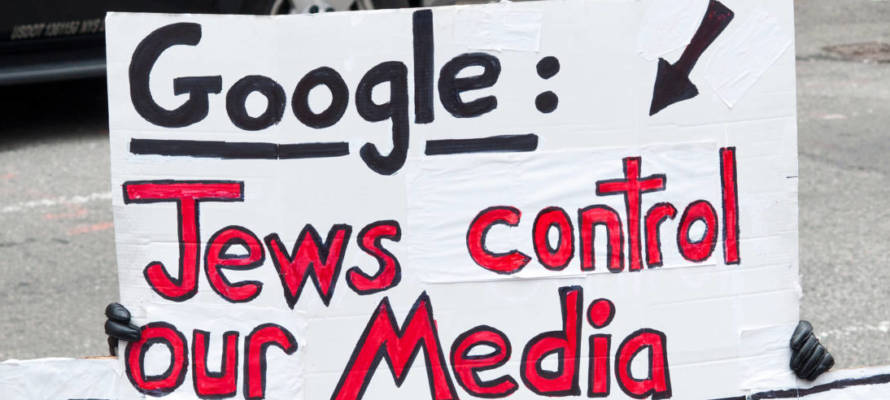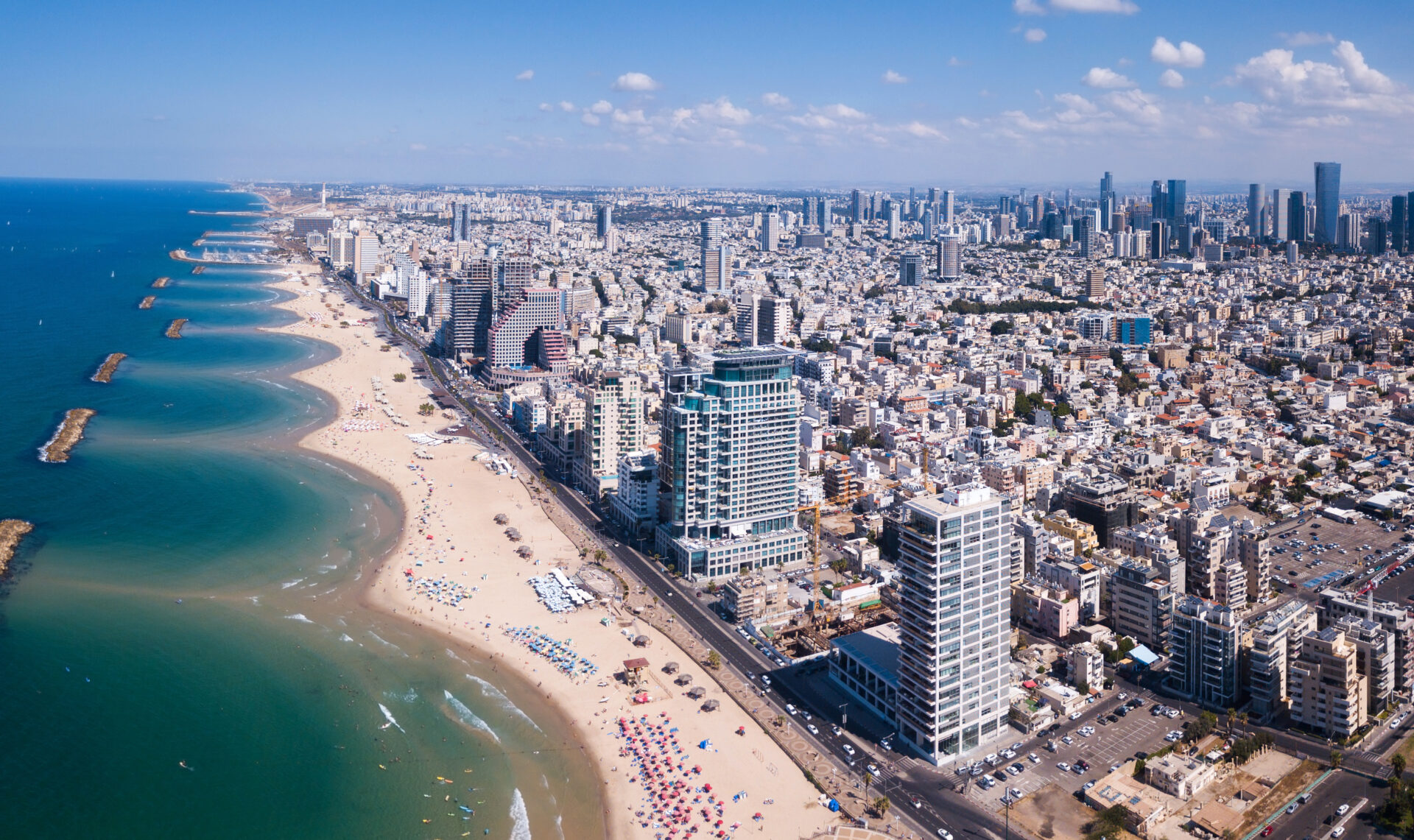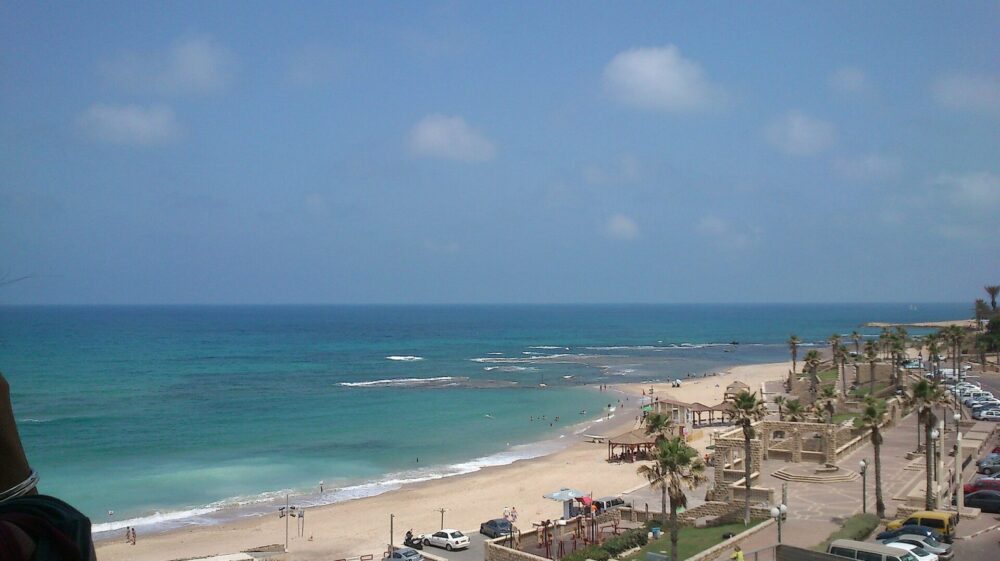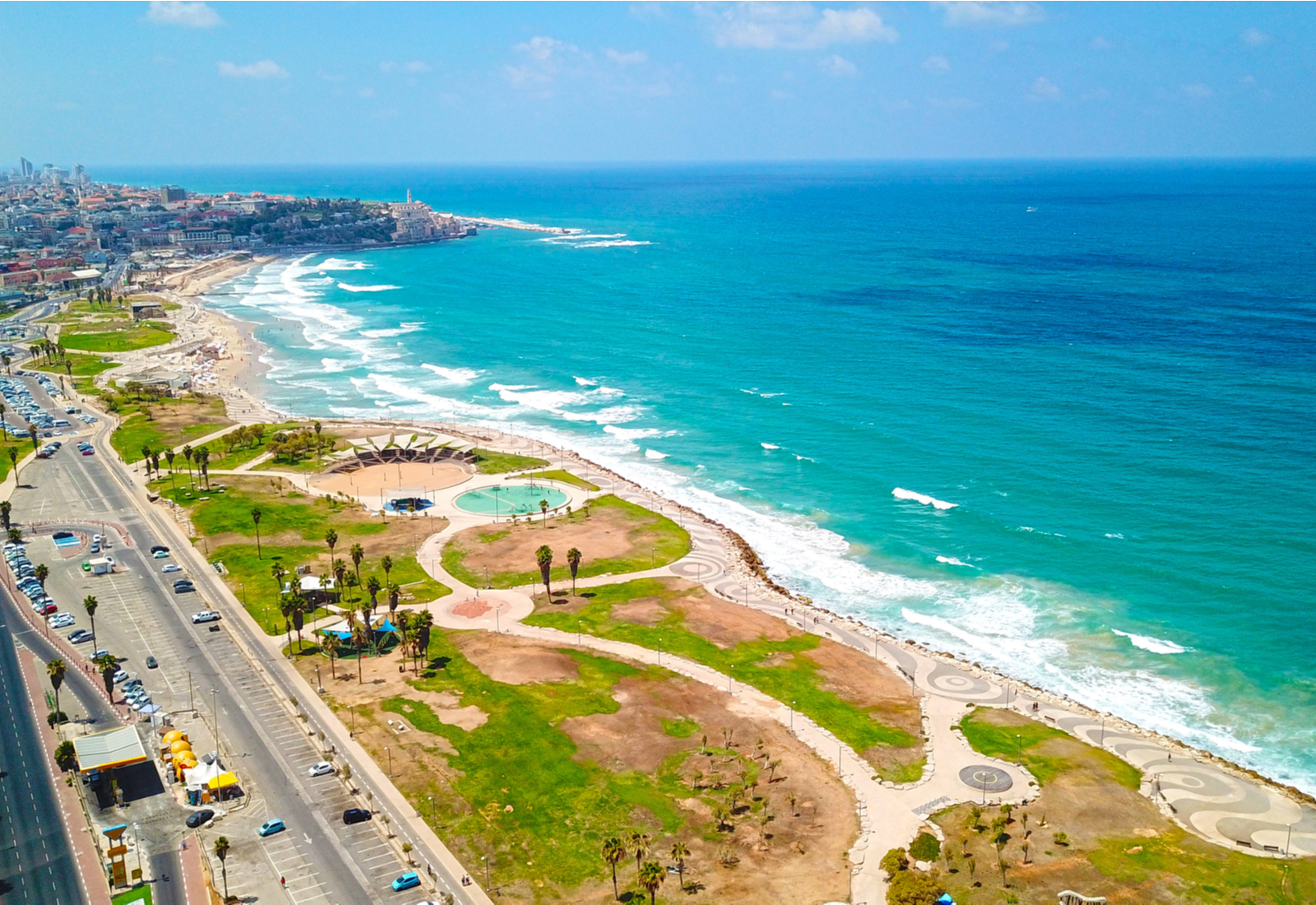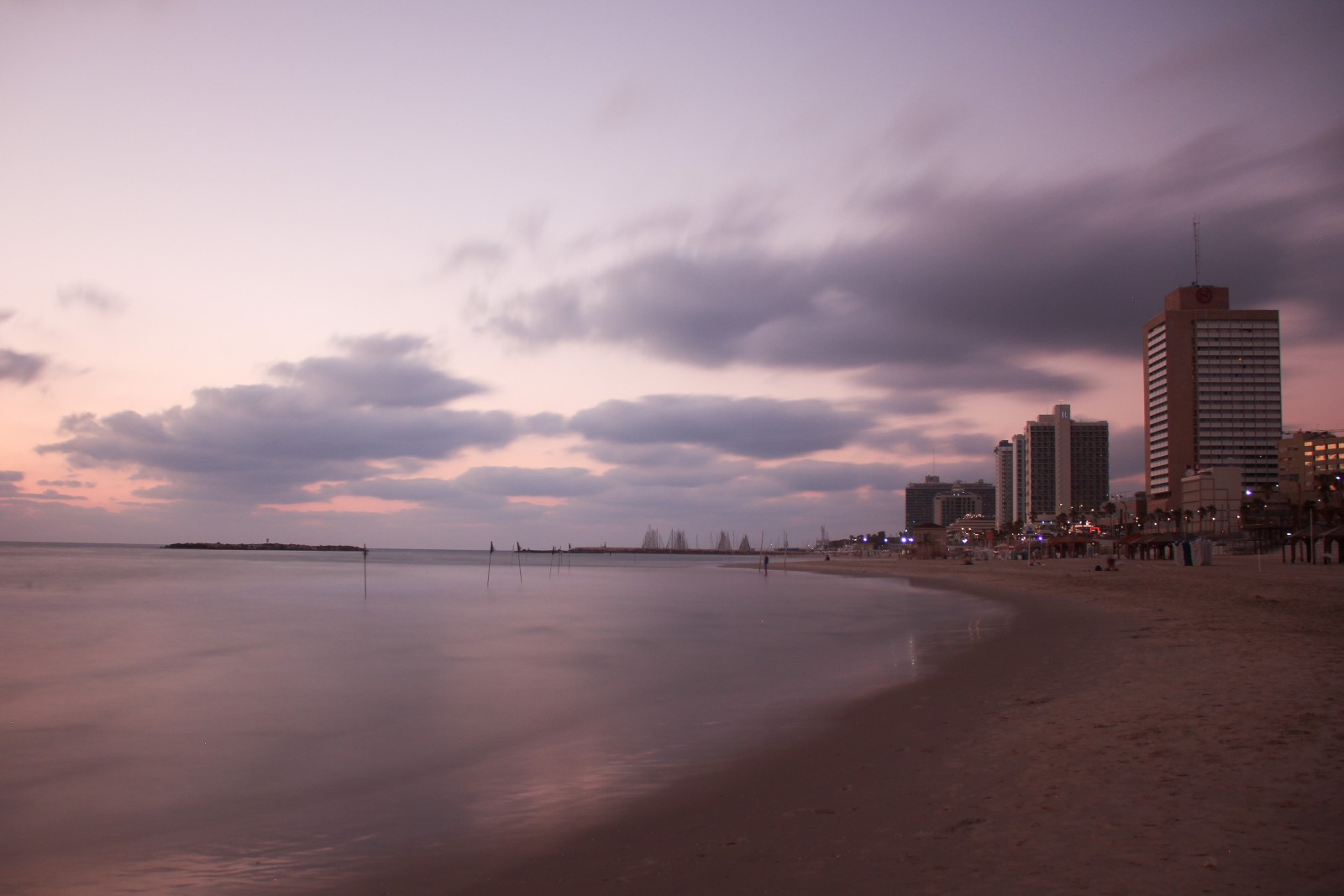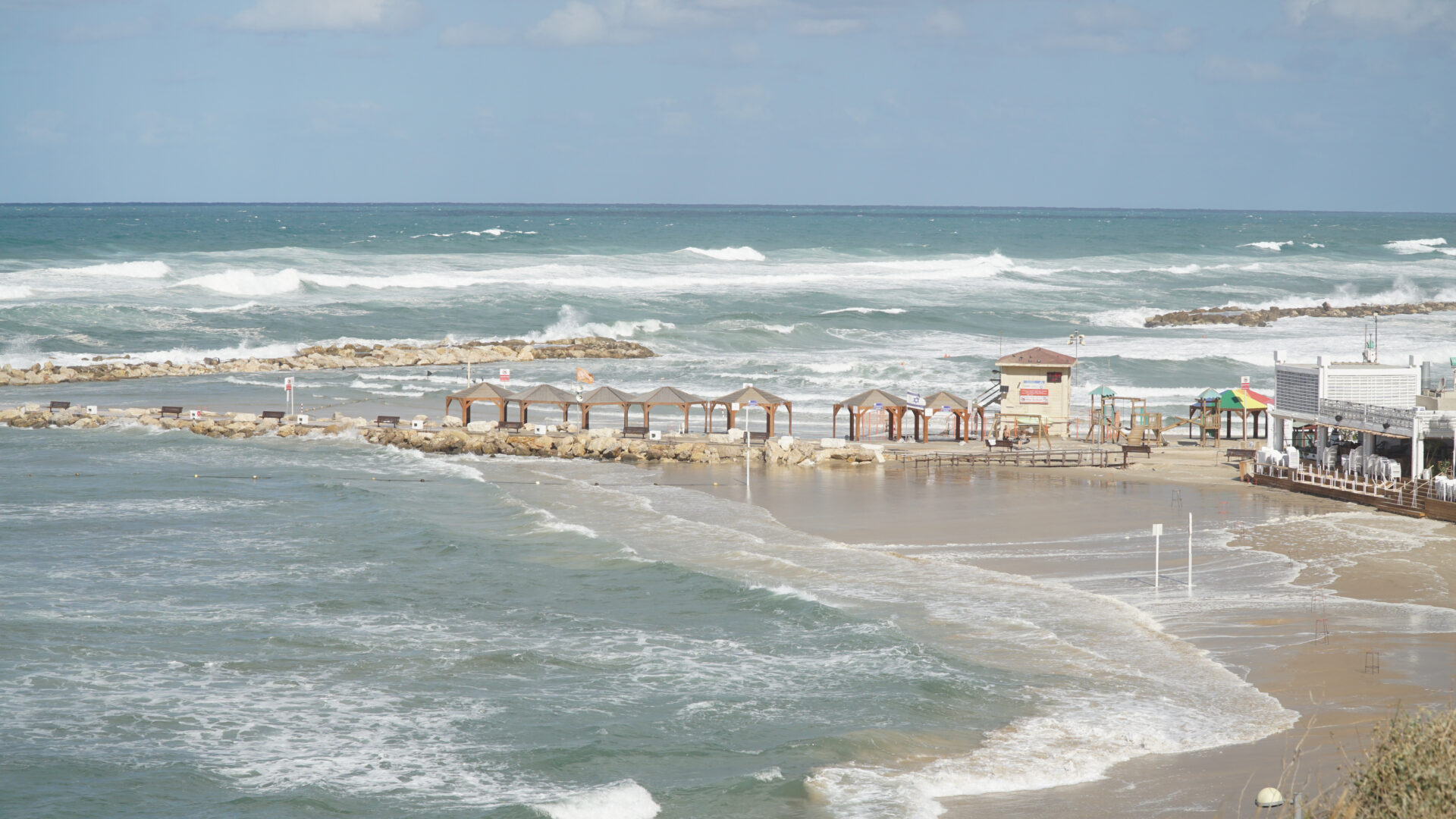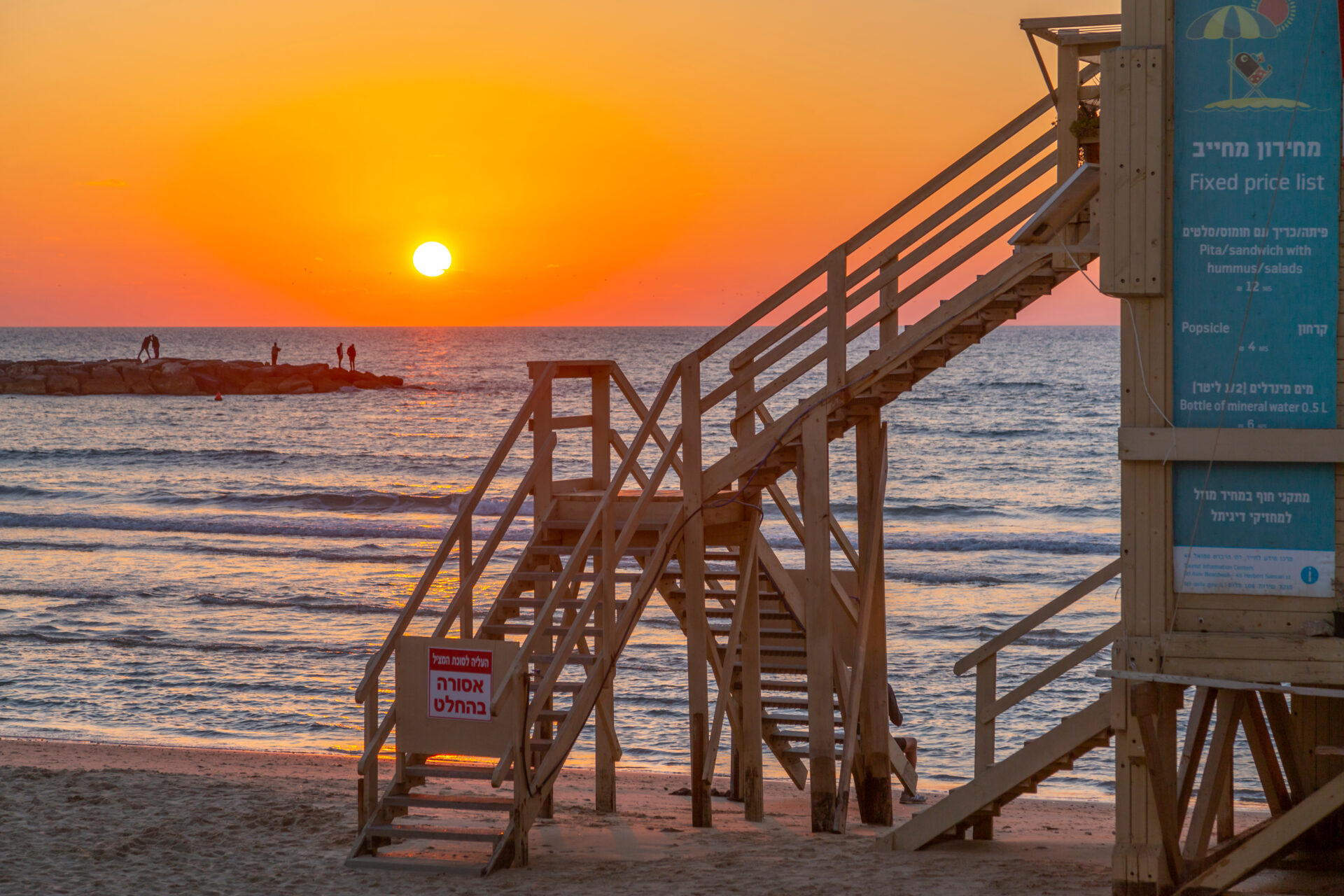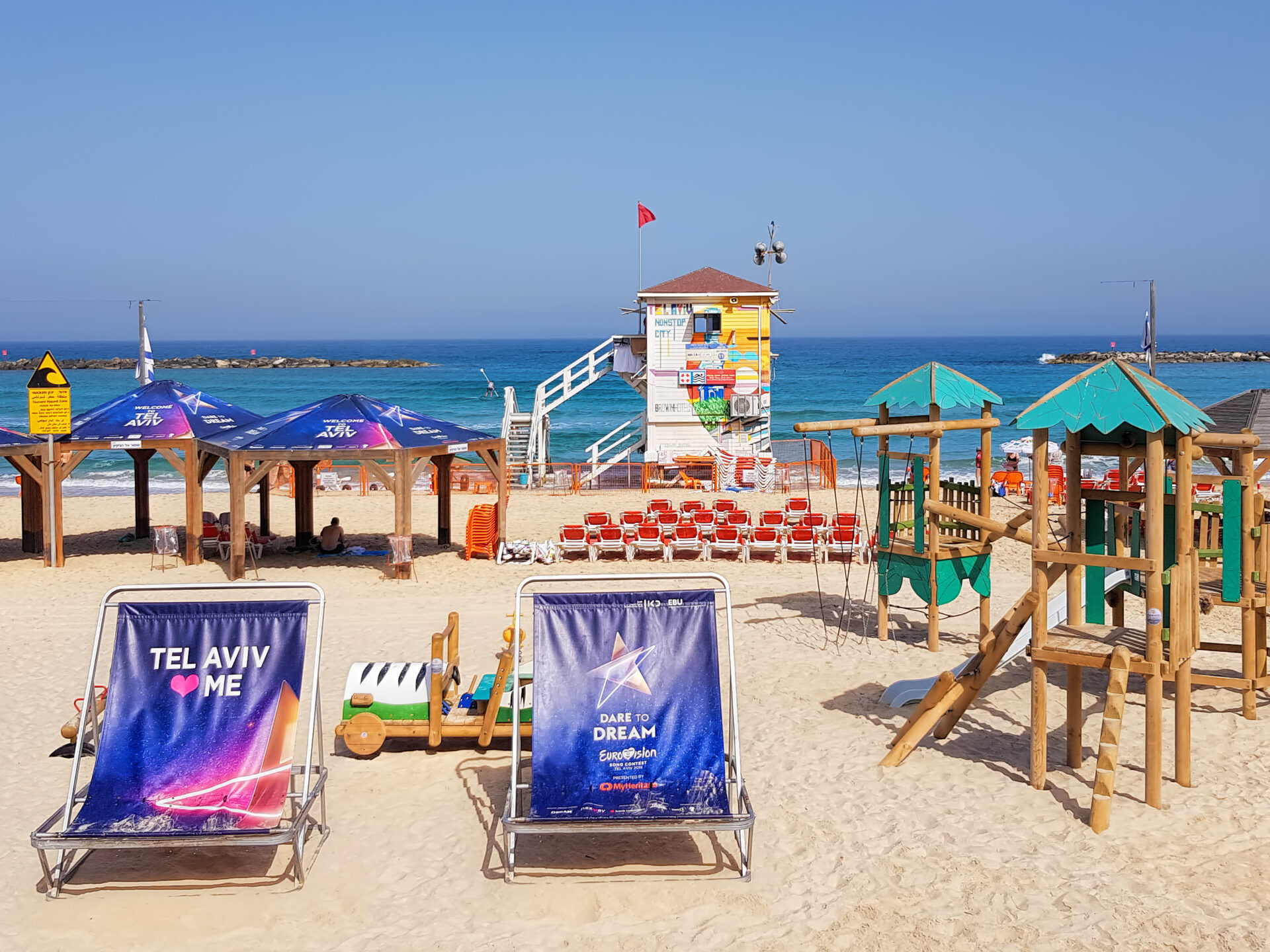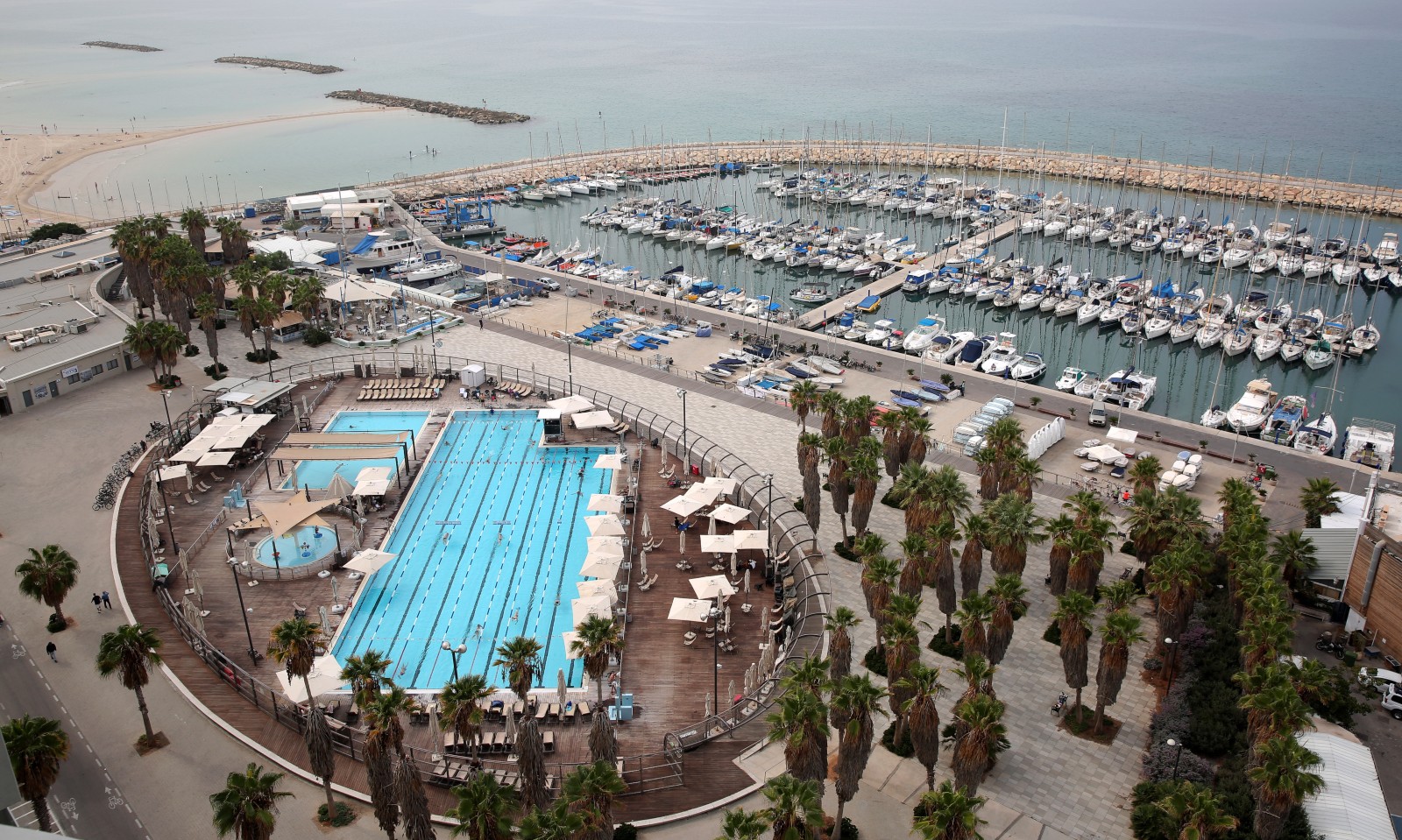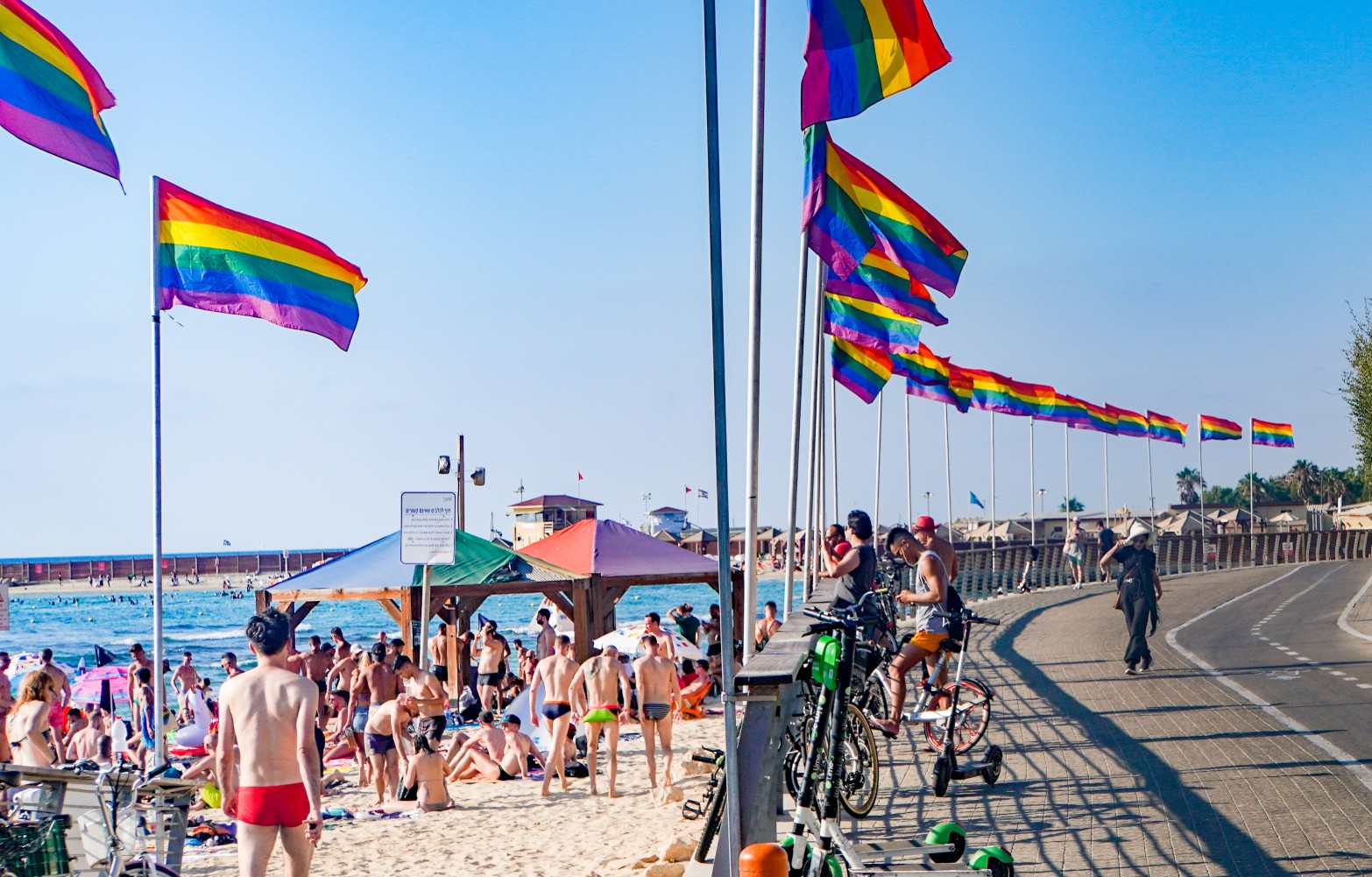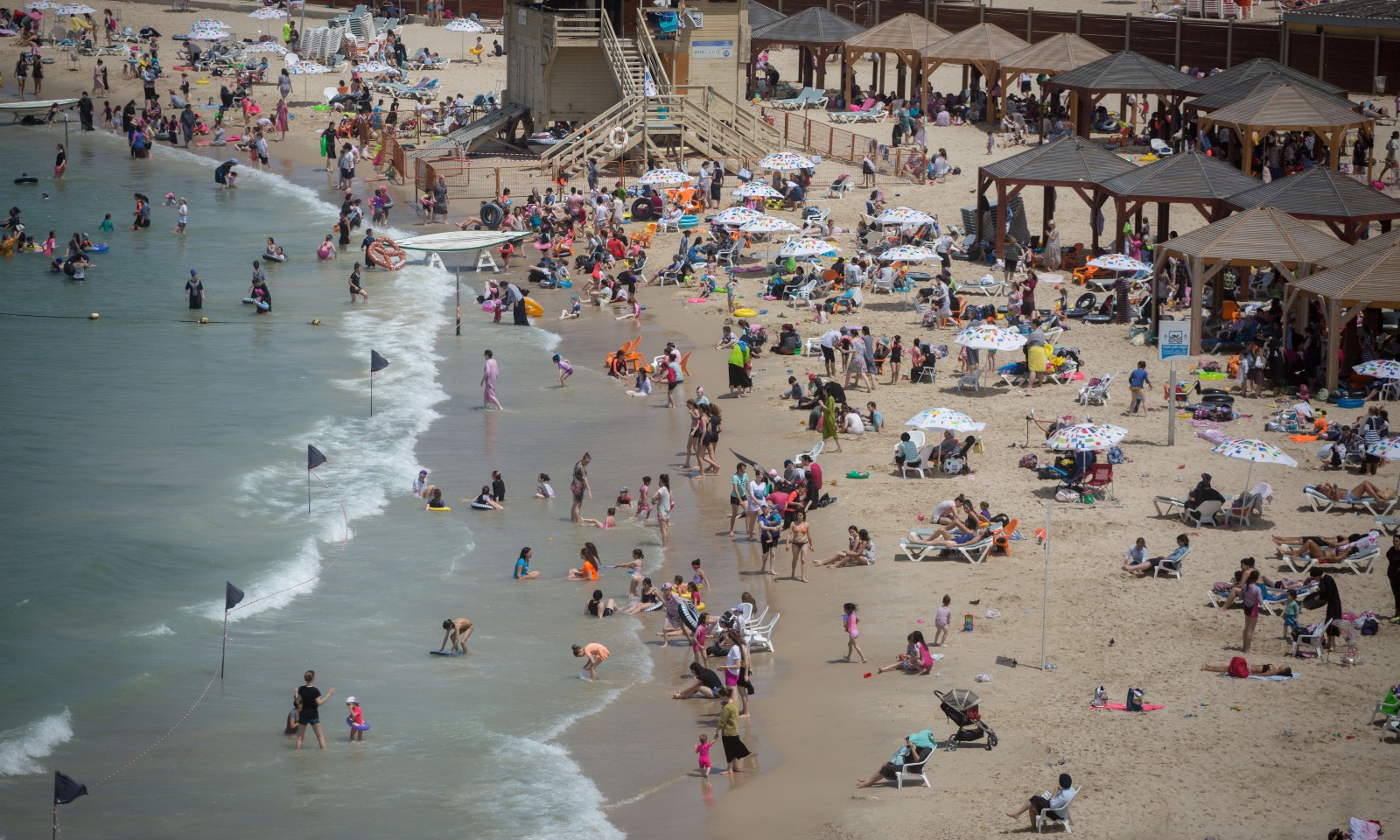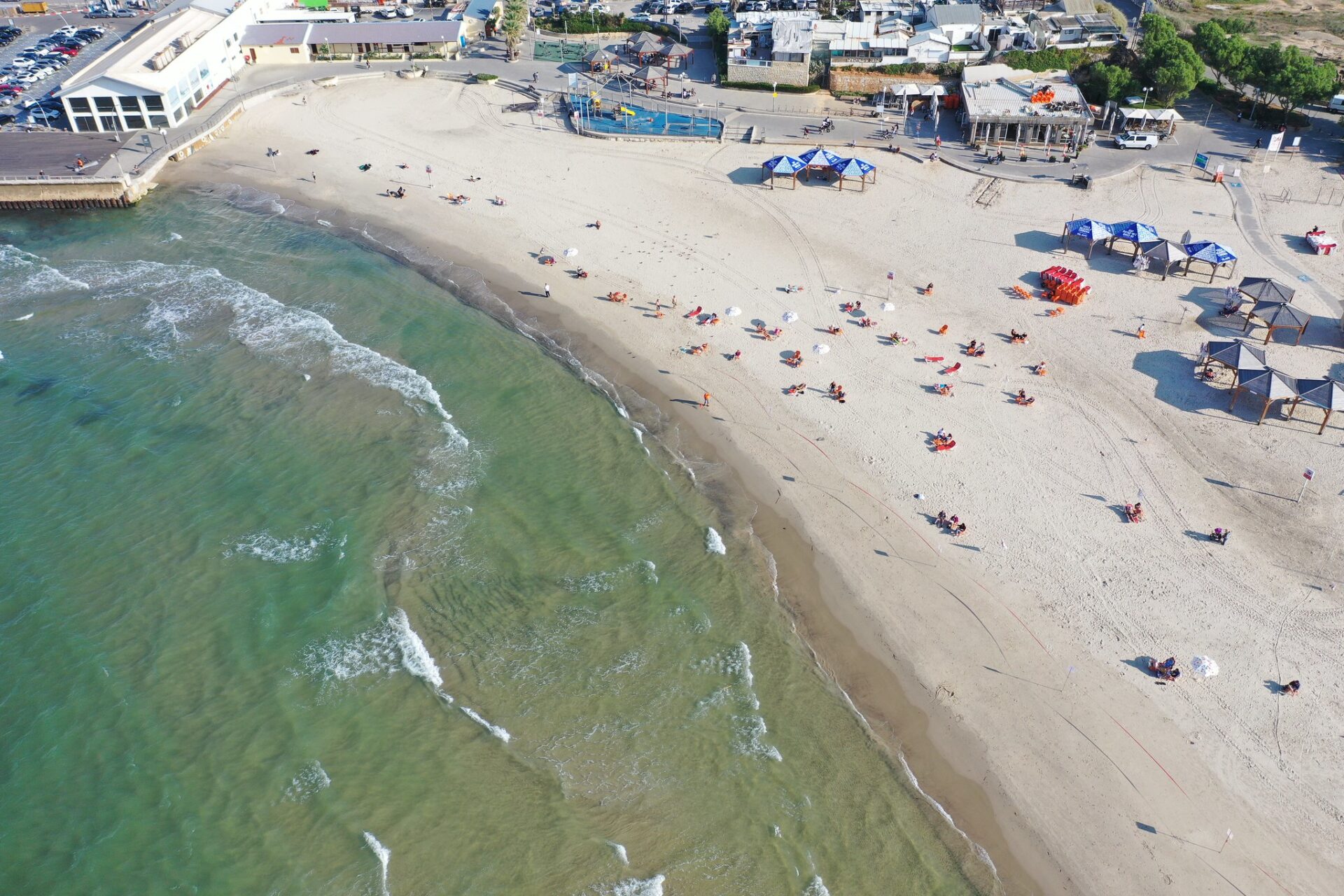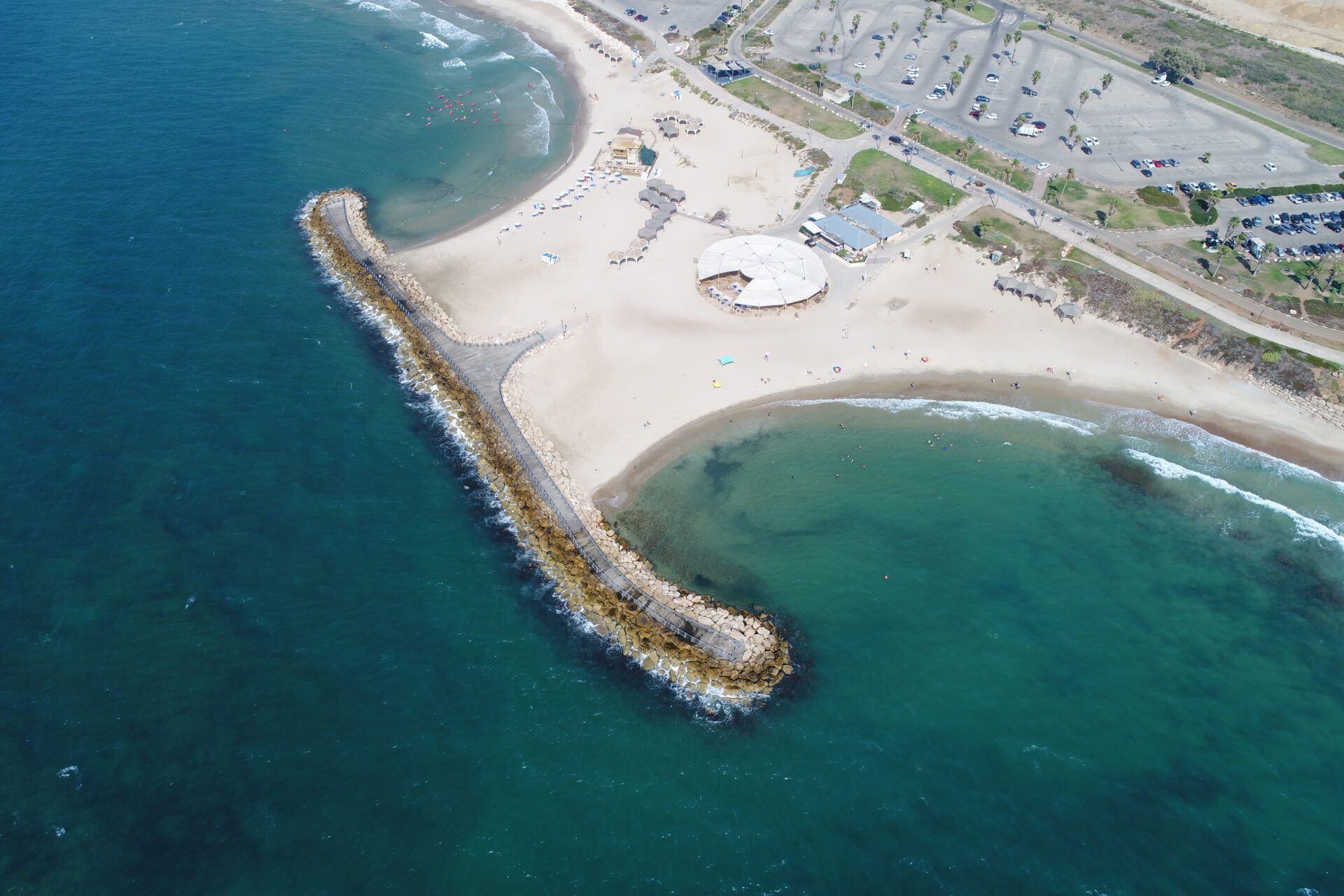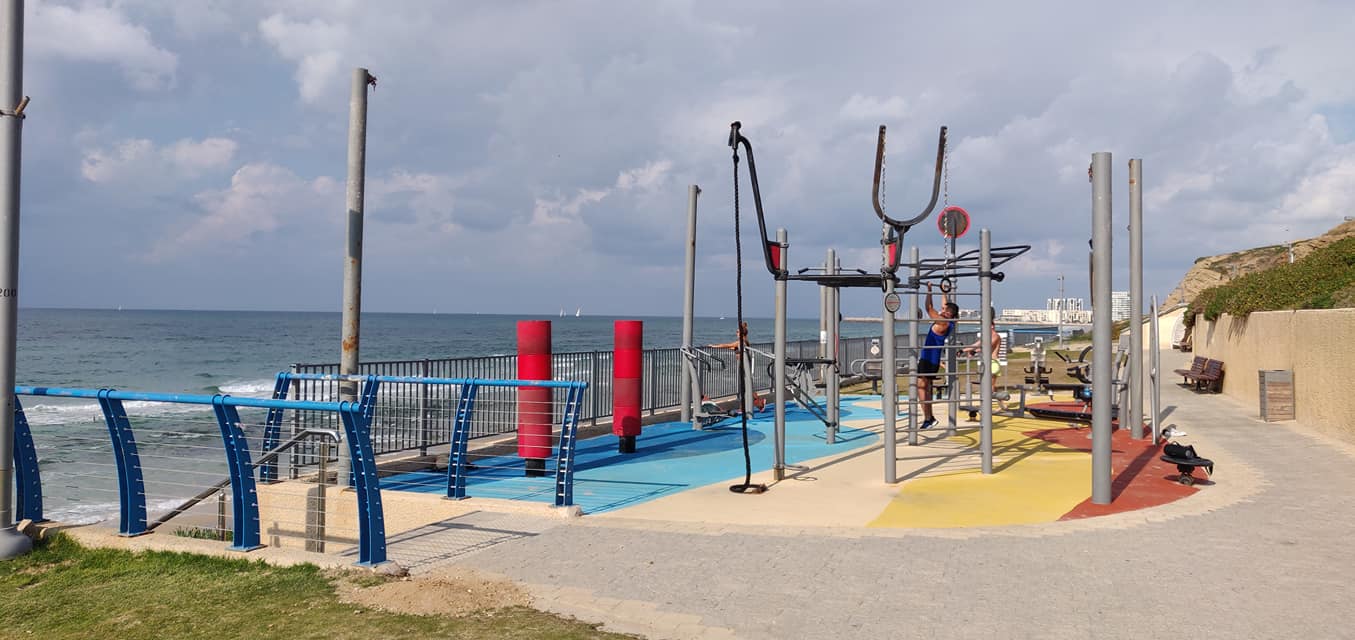 Ehemaliger polnischer Botschafter in Bern, Aleksander Ładoś Foto: Wikimedia Commons/dp
Ehemaliger polnischer Botschafter in Bern, Aleksander Ładoś Foto: Wikimedia Commons/dp
 Aleksander Ładoś – przywódca “grupy berneńskiej”, która ratowała Żydów w czasie wojny
Aleksander Ładoś – przywódca “grupy berneńskiej”, która ratowała Żydów w czasie wojny
Bartłomiej Makowski
Grupa polskich dyplomatów w Szwajcarii dostarczała Żydom w okupowanej Polsce tysiące południowoamerykańskich paszportów. Te dokumenty chroniły przed śmiercią w komorach gazowych. Kim był człowiek, który stał za akcją paszportową?
Szwajcaria była białą plamą na zalanej przez Niemcy mapie Europy. Kraj cieszył się pokojem i neutralnością – nikt, nawet Hitler, nie ważył się igrać ze szwajcarskimi bankami i obywatelami tej niewielkiej górzystej krainy, w której niemal każdy obywatel posiadał broń i zobowiązany był do obrony ojczyzny. Kiedy Polska dostała się pod okupację Niemiec i ZSRR, kapitulowała Dania, Norwegia, kraje Beneluksu i Francja, enklawa w środku Starego Kontynentu stała się w naturalny sposób miejscem wymiany informacji i kanałem przerzutowym między zaangażowanymi w wojnę państwami.
Ambasada RP w Szwajcarii miała w związku z tym pełne ręce roboty. Stojący na jej czele od kwietnia 1940 roku Aleksander Ładoś (w randze chargé d’affaires ad interim – Szwajcarzy nie zgodzili się na uznanie go ambasadorem pod naciskiem Niemiec) musiał wziąć na siebie zakulisowe kontakty polskich władz w Londynie z Rumunią, Węgrami i Włochami, a w późniejszym okresie także z ZSRR.
Najbardziej palącym problemem była jednak sprawa Żydów. W Szwajcarii przed wrześniem 1939 roku znajdowało się bowiem ok. 4 tys. Żydów posiadających polskie obywatelstwo, a po klęsce Polski i Francji ich liczba zaczęła lawinowo wzrastać. Opiekę nad tą społecznością objął dr Juliusz Kuhl, Żyd z Sanoka, młody absolwent studiów ekonomicznych.
Grupa berneńska
Informacje od przybywających do Szwajcarii Żydów już w 1939 roku były nader niepokojące. W odpowiedzi Ładoś zaangażował kierowaną przez siebie placówkę w jak najszerszą pomoc społeczności żydowskiej w okupowanej Polsce. Udostępniał organizacjom żydowskim możliwość wysyłania poczty dyplomatycznej i współpracował z Międzynarodowym Czerwonym Krzyżem przy przerzucie środków pomocowych do zamkniętych w gettach Żydów. Już wówczas, trzy lata przed decyzją o “Ostatecznym Rozwiązaniu” polscy dyplomaci wpadli na pomysł, w jaki sposób ochrony Żydów przed represjami.
– Polacy wymyślili, że jeśli komuś wręczy się paszport z obcego kraju, to ten ktoś będzie miał szanse na przeżycie – podkreślał w rozmowie z portalem Polskieradio24.pl ambasador RP w Szwajcarii dr Jakub Kumoch.
Ludzie z takimi paszportami trafiali do obozów internowania we Francji lub na Pawiak, zamiast do obozu zagłady. Wokół Ładosia i Kuhla sformowała się grupa doświadczonych dyplomatów i przedstawicieli żydowskich organizacji międzynarodowych, która zajęła się procederem tworzenia fałszywych paszportów i przerzucaniem ich do okupowanej Polski.
Jak działały “Sprawy paszportowe”?
Akcja otrzymała kryptonim “Sprawy paszportowe”. Paszporty kupowano za gigantyczne pieniądze od konsulów honorowych państw Ameryki Południowej w Bernie. Zarówno konsul Paragwaju, jak i Hondurasu byli Szwajcarami – pierwszy sprzedawał Polakom paszporty in blanco, które były wypełniane w polskiej placówce dyplomatycznej, ten drugi wystawiał zaświadczenia o przyznaniu paszportu.
Dostarczaniem list osób, do których miały trafiać dokumenty i szmuglowaniem papierów do okupowanej Polski zajmowali się przedstawiciele organizacji żydowskich – Abraham Silberschein i Chaim Eiss. Co istotne, przenoszeniem dokumentów bezpośrednio do zamkniętych w gettach polskich Żydów zajmowali się członkowie Polskiego Państwa Podziemnego – konspiratorzy zatrudnieni w zakładach włączonych w teren gett.
Aleksander Ładoś wziął na siebie roztoczenie dyplomatycznego parasola bezpieczeństwa nad całym, nielegalnym procederem. W kontaktach ze szwajcarskimi władzami i konsulami honorowymi wykorzystywał doświadczenie zdobyte podczas wieloletniej służby dyplomatycznej.
Doświadczony dyplomata
Aleksander Ładoś pochodził z urzędniczej, lwowskiej rodziny. Choć był mieszczaninem z pochodzenia, zafascynował się rodzącym się wówczas w Galicji ruchem ludowym – w 1914 roku wstąpił do PSL-Piast. Już w 1919 roku rozpoczął pracę w Ministerstwie Spraw Zagranicznych, gdzie objął funkcję kierownika wydziału prasowego.
W latach 1920-21 Ładoś był sekretarzem delegacji polskiej podczas rozmów pokojowych w Rydze, które kończyły wojnę polsko-bolszewicką. Następnie został ambasadorem RP na Łotwie. Po przewrocie majowym w 1926 roku spotkała go degradacja. Otrzymał stanowisko konsula generalnego w Monachium. Lata, których nie spędził na placówkach dyplomatycznych wypełniała mu praca w MSZ, a po zwolnieniu z resortu w 1931 roku, działalność publicystyczna. Jego artykuły krytyczne wobec sanacji zwróciły uwagę Frontu Morges z gen. Władysławem Sikorskim na czele. Gdy Sikorski po klęsce wrześniowej został premierem, mianował Ładosia najpierw ministrem bez teki, a później przedstawicielem Polski w Szwajcarii.
Ładoś był z tym krajem związany od 1914 roku. Wówczas znalazł się tam jako uciekinier z Galicji, który dopiero co wyszedł z austriackiego więzienia. Kontakty z krajem odnowił po zwolnieniu z MSZ w 1931 roku, kiedy – oprócz publicystyki – zajmował się współpracą ze szwajcarskim koncernem Hydro Nitro.
Po wojnie
Aleksander Ładoś, mimo sympatii do PSL, nie był zwolennikiem premiera Stanisława Mikołajczyka i jego polityki wobec ZSRR. Gdy w lipcu 1945 roku Szwajcaria uznała powołany przez komunistów Tymczasowy Rząd Jedności Narodowej i tym samym cofnęła uznanie dla rządu londyńskiego, Ładoś złożył rezygnację z pełnionego stanowiska.
Zamieszkał najpierw w szwajcarskiej Lozannie, a następnie pod Paryżem. Powrócił do Polski w 1960 roku, zamieszkał w Warszawie, gdzie przeżył jeszcze trzy lata. Żył skromnie, zajmował się spisywaniem wspomnień. Dotąd nie doczekał się tytułu Sprawiedliwego Wśród Narodów Świata.
( lista nazwisk ktorzy wyjechali ) lista ladosia(pdf)
lista ladosia(pdf)
The Ładoś List: The Secret Mission to Save Lives During the Holocaust
This program, recorded just before all talk turned to COVID-19, is a fascinating symposium sponsored by the World Jewish Congress and the Pilecki Institute. Its subject is the stranger-than-fiction tale of the secret operation to rescue European Jews from the Holocaust by issuing them falsified passports for four Latin American countries (Paraguay, Honduras, Peru, and Haiti) that would enable them to escape Hitler’s Europe. This daring operation was carried out in neutral Switzerland by a group of six men, known as the “Ładoś Group,” who were led by the Polish Ambassador to Switzerland Aleksander Ładoś. The group included both Polish diplomats as well as prominent Jews who were equal partners in the daring scheme. This program features three presentations by experts on this subject, which are followed by a panel discussion. The presenters are: Mordecai Paldiel, an internationally-recognized expert on Holocaust rescuers (he spent 24 years working for Yad Vashem as someone who helped determine eligibility for the “Righteous Among the Nations” award; it is his firm position that all members of the Ładoś Group absolutely deserve such recognition), Ambassador Jakub Kumoch, who was at the time of this event holding the same position as Ładoś, Polish Ambassador to Switzerland, and who was the driving force behind discovering all of the hidden facts regarding the heroic exploits of his predecessor and his group, and Monica Maniewska, Director of Archival Acquisitions at the Pilecki Institute, who also was a major contributor to the research project that yielded so much new information (which has now all been collected and published in book form). The “Ładoś List” itself is described as having 8-10,000 names, approximately 35% of which are estimated to have survived. This show was recorded at Hebrew Union College in Manhattan.
Zawartość publikowanych artykułów i materiałów nie reprezentuje poglądów ani opinii Reunion’68,
ani też webmastera Blogu Reunion’68, chyba ze jest to wyraźnie zaznaczone.
Twoje uwagi, linki, własne artykuły lub wiadomości prześlij na adres:
webmaster@reunion68.com


